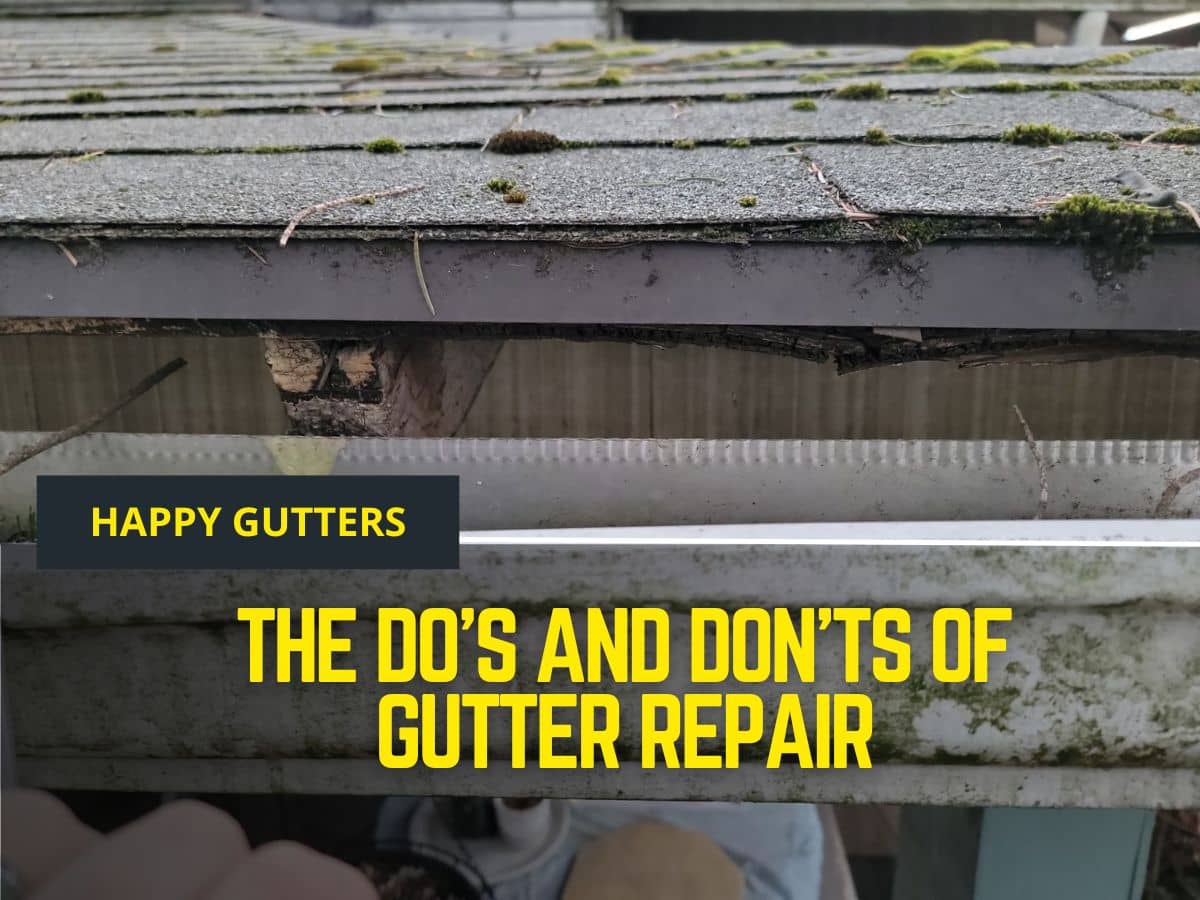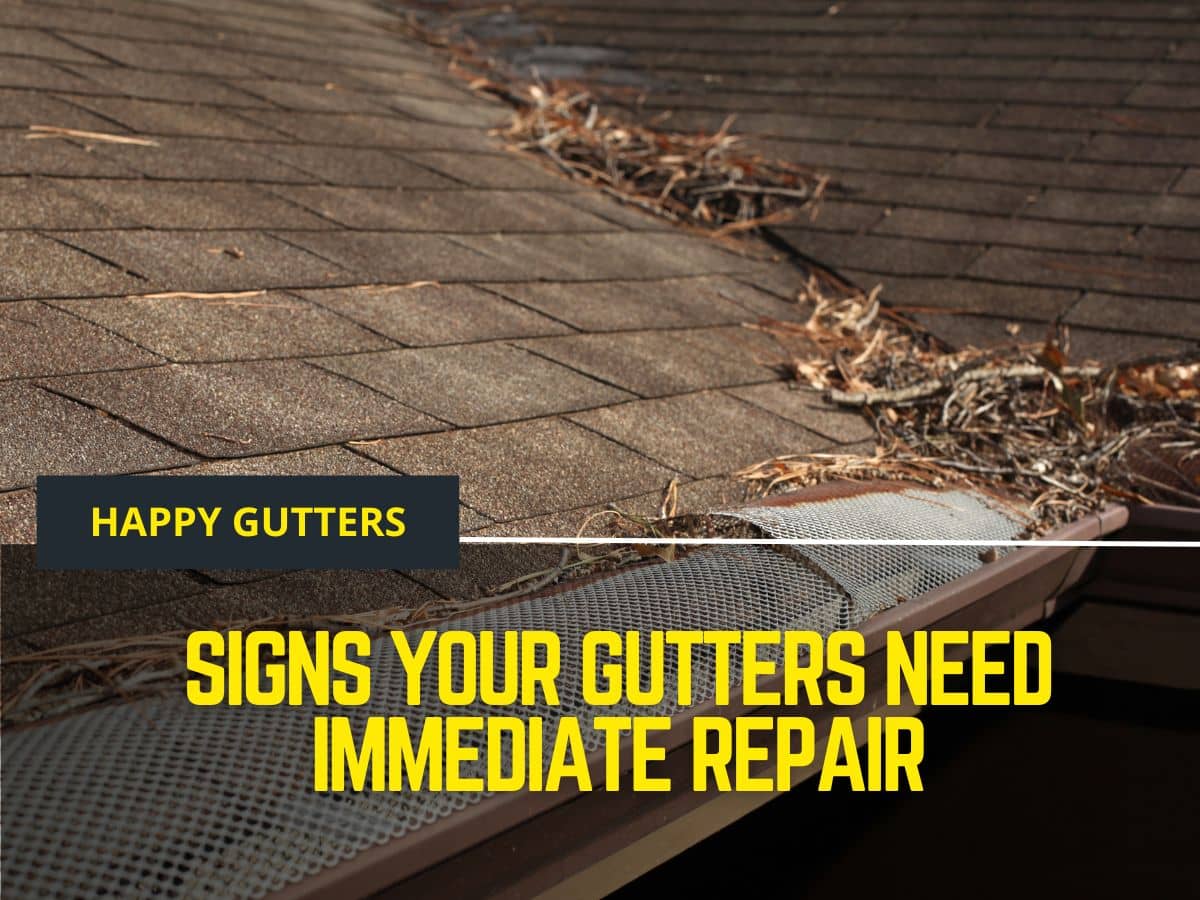In every home, the gutters play a crucial role in directing water away from the foundation, preventing costly water damage, and maintaining the structural integrity of the property. However, to ensure that your gutters are functioning effectively, regular maintenance and timely repairs are essential. Here, we delve into the do’s and don’ts of gutter repair to help you keep your Happy Gutters in top condition.
The Do’s of Gutter Repair
1. Regular Cleaning
Proper gutter maintenance starts with regular cleaning. Leaves, twigs, and debris can accumulate in your gutters, leading to clogs that prevent proper water flow. To prevent gutter damage, aim to clean your gutters at least twice a year or more frequently if you have overhanging trees.
2. Inspecting for Damage
Regularly inspect your gutters for signs of damage such as leaks, rust spots, or sagging sections. Addressing these issues promptly can prevent more extensive damage and costly repairs down the line.
3. Proper Maintenance
Routine maintenance is key to preventing gutter damage. Here are some gutter maintenance tips to keep in mind:
- Trim back overhanging tree branches to prevent debris buildup.
- Check for loose or missing fasteners and tighten or replace them as needed.
- Ensure that gutters are securely attached to the fascia board to prevent sagging.
The Don’ts of Gutter Repair
1. Neglecting Repairs
One of the biggest mistakes homeowners make is neglecting gutter repairs. Ignoring issues such as leaks or clogs can lead to water damage, mold growth, and structural problems. Prevent gutter damage by addressing repairs promptly.
2. Using Incorrect Tools
When it comes to gutter repair, using the right tools is crucial. Avoid using sharp tools that can damage your gutters, and opt for tools specifically designed for gutter maintenance. Here are some tools and equipment you may need:
| Tool | Purpose |
| Gutter Scoop | To remove debris |
| Gutter Guards | To prevent debris buildup |
| Ladder | For safe access to gutters |
| Hose | For flushing out debris |
3. DIY Mistakes to Avoid
While some minor gutter repairs can be done DIY, certain tasks are best left to the professionals. Here are some DIY mistakes to avoid:
- Ignoring safety precautions when working at heights.
- Incorrectly positioning the ladder, leading to accidents.
- Using the wrong materials for repairs, which can worsen the issue.
Hiring a Professional
1. Benefits of Hiring a Professional
Hiring a professional gutter repair service offers several advantages, including expertise, safety, and efficiency. Professionals have the knowledge and experience to identify and address gutter issues effectively, ensuring the longevity of your gutter system.
2. Signs That You Need Professional Help
While some gutter repairs can be DIY, certain signs indicate that it’s time to call in the professionals. These include severe gutter damage, extensive rust, or sagging gutters that require expert attention.
3. What to Look for in a Reputable Gutter Repair Company
When choosing a gutter repair company, look for reputable companies with a track record of quality service, positive reviews, and proper licensing and insurance. Ensure that the company offers a comprehensive range of gutter repair services to address your specific needs.
Conclusion
Maintaining and repairing your gutters is essential for the longevity and efficiency of your gutter system. By following the do’s and don’ts outlined above, you can prevent gutter damage, ensure proper water drainage, and protect your home from water-related issues. Remember, Happy Gutters lead to a happy home!




